 |
| © AllThingsDogBlog.com Baby Oliver Plays With a Soft Plush Toy |
Although ideally you'd want your new little buddy to have these experiences prior to entering your home, adding these enhancements to your holiday playtime will most certainly be good for his growth and potential to be a wonderful family member:
- Give your pup a chance to experience walking on 7 types of surfaces: carpet, concrete, wood, vinyl, grass, dirt, gravel, and wood chips. Each different texture will have its own lessons, most importantly that different footing is needed and nothing should be feared by a variety of textures under the pads of the feet.
- Offer 7 different types of play objects for a variety of stimulation: big balls, small balls, soft fabric toys, fuzzy toys, squeaky toys, paper or cardboard (toilet paper/paper towel centers are perfect), metal items (without sharp edges and sticks or pieces of hose. Remember that all playtime with toys should be supervised to assure your puppy's safety.
- Include 7 different locations in your puppy's experiences: front yard, back yard, basement, kitchen, car, garage, laundry room and bathroom. You'll want your little one to know all of these places are safe and fun, so make sure to offer pleasant experiences in each.
- Introduce your pup to at least 7 different types of new people: babies, children, seniors, people with canes, walkers, or wheelchairs, people in uniforms, people wearing hats, and men with beards.
- Provide 7 different challenges for your pup to work his problem-solving skills: climb around inside a box, climb off the top of a box, go through a tunnel, climb up steps, climb down steps, climb over obstacles, play hide an seek, go in and out of a doorway with a step up or down, run around a fence. Surely you'll be able to find even more challenges like these. Each will teach your new friend lots of ways to solve new problems.
- Offer meals in a variety of different containers: metal, plastic, china, cardboard, paper, pie plate and a frying pan. Don't forget to also use food-dispensing balls for a slower way to serve a meal, while your dog learns to push the ball around the house to retrieve his dinner.
- In addition to these ways to eat, your pup should learn that eating in a variety of locations is also a good thing: crate, yard, kitchen, basement, laundry room, living room, bathroom and even an RV. The lesson is clear; wherever you offer food to your pup, it's still yummy!
- Exposure to many different types of noises will help your pup learn that sound is not a scary thing. Include as much variety as possible, focusing on things like banging pots, thunder, loud music, traffic, sirens, vacuums, landscaping equipment, fireworks, dog parks, and crowds
Want to get your puppy started as a doga partner early? Try our short yoga videos that include tips on yoga poses as well as how to include your pup in your practice. Join us for more doga fun as we continue to expand this series.
What are your ideas for helping your littlest new family member get a good start? I'd love to share your tips. The comment link is always open!

What are your ideas for helping your littlest new family member get a good start? I'd love to share your tips. The comment link is always open!
















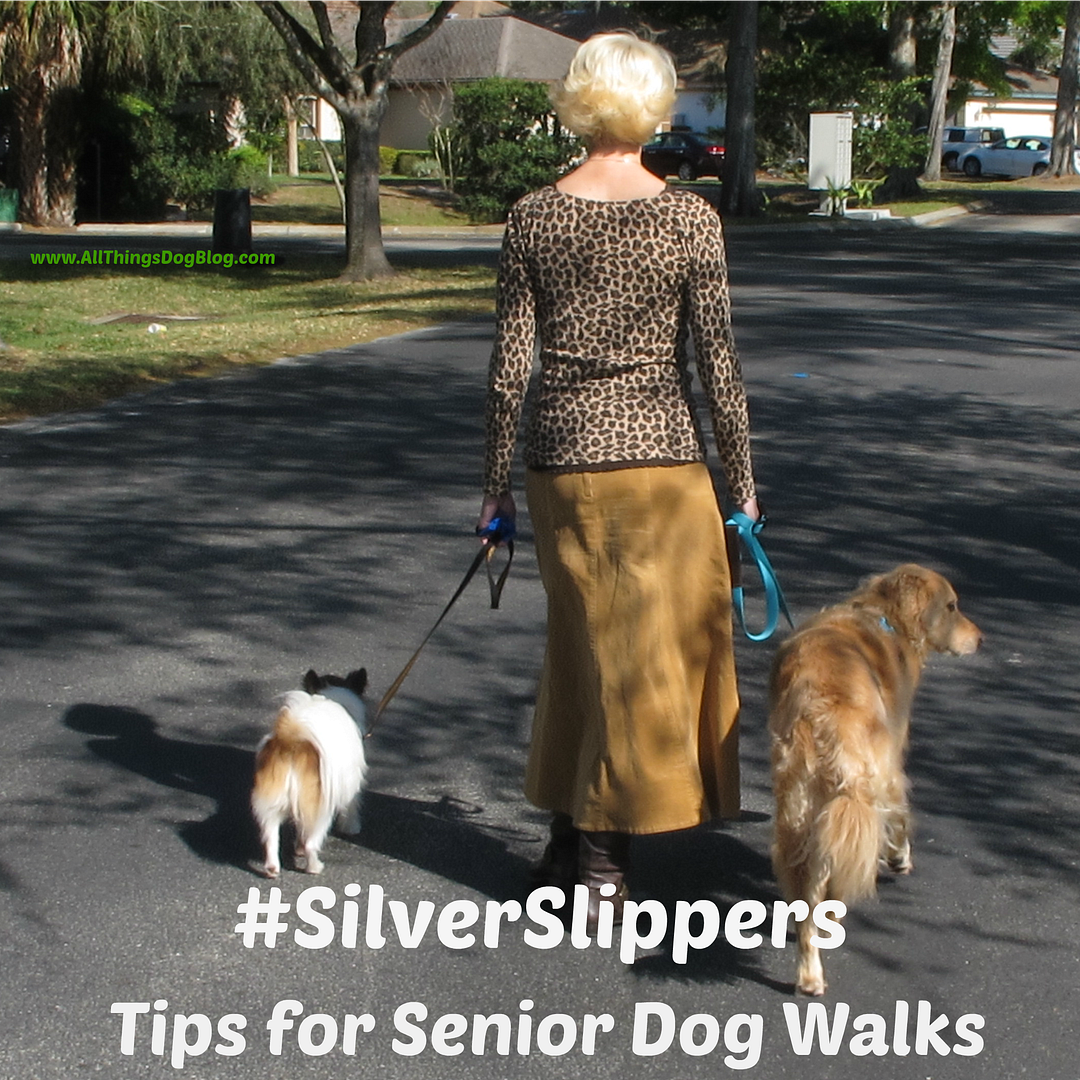





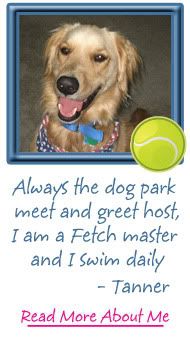


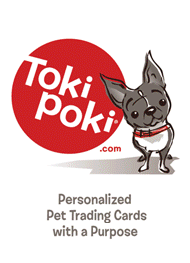


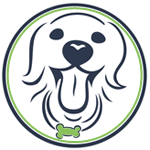





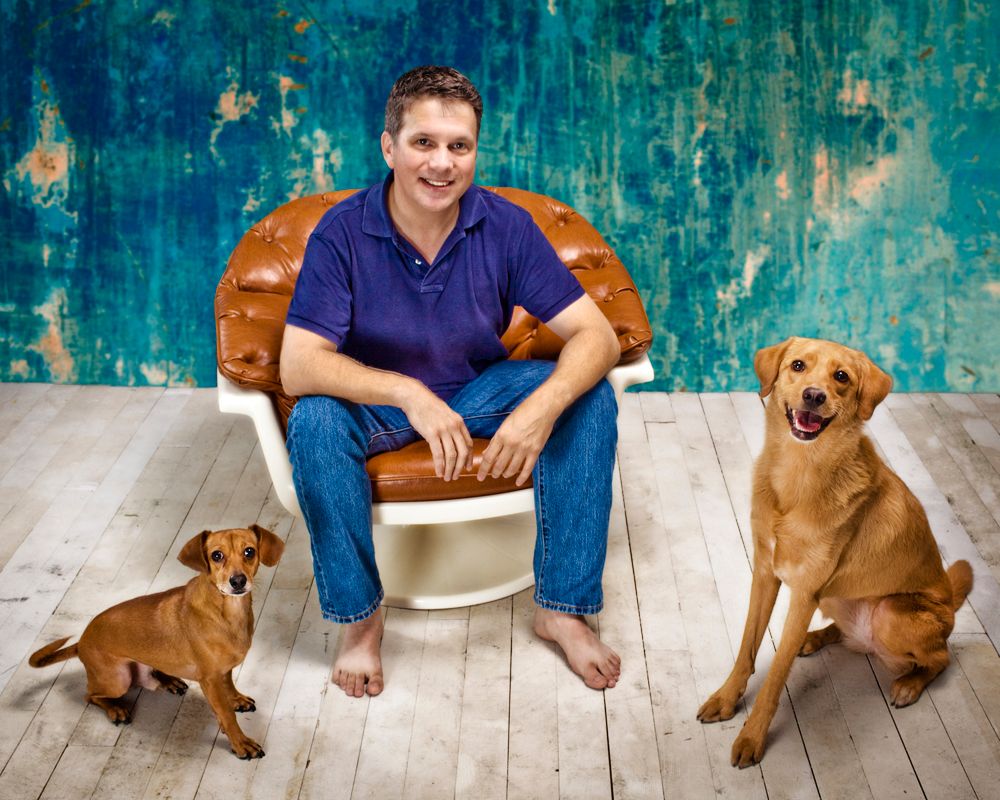


0 comments:
Post a Comment